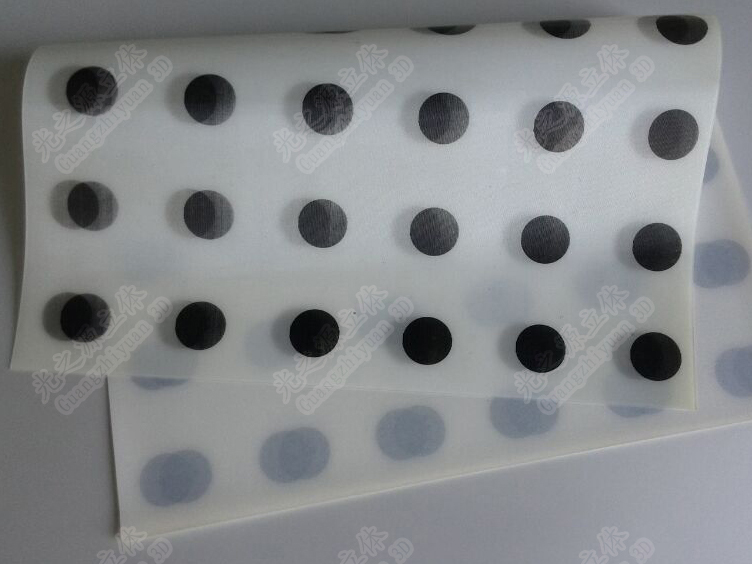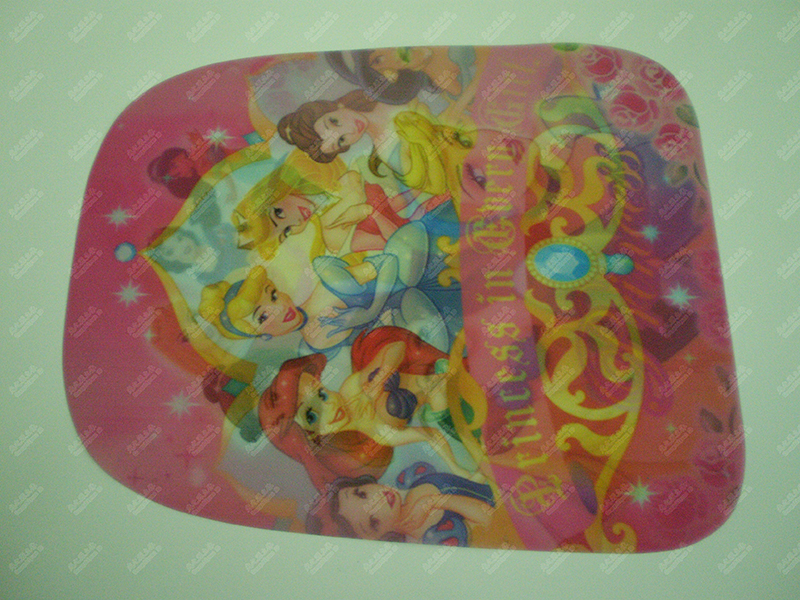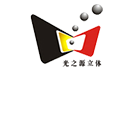

Release time:2024-11-12
3D soft lenticular printing is revolutionizing visual effects and interactive displays, offering consumers captivating depth and dynamic movement in printed images. For companies involved in lenticular printing, such as Guangzhiyuan, understanding the nuances of material selection is crucial. Choosing the right materials impacts the quality, durability, and visual appeal of the final product. This article explores the best materials for 3D soft lenticular printing, compares them to peer products in the industry, and provides insights into current industry trends.
3D lenticular printing uses special materials to create effects that change depending on the viewing angle. The key to this effect is the lenticular lens, a sheet made up of parallel lenses that refract light at different angles. When combined with carefully aligned images, these lenses allow for effects such as 3D depth, flip, animation, and morphing.
The quality and type of materials used can significantly impact the lenticular image’s clarity, resolution, and durability. Given the precision required in manufacturing these materials, only certain options are suitable for 3D soft lenticular printing.

PET (Polyethylene Terephthalate):
Known for its flexibility and clarity, PET is widely used in lenticular printing. It is highly durable, resists scratching, and is environmentally friendly as it can be recycled. PET's clarity ensures high-quality depth effects, making it a popular choice for 3D applications.
PMMA (Polymethyl Methacrylate or Acrylic):
PMMA is another popular material due to its optical clarity and durability. Though more rigid than PET, PMMA produces highly precise and vibrant images. However, it can be more expensive and less flexible than PET, making it less ideal for large-scale applications where flexibility is needed.
Polycarbonate:
Polycarbonate offers strength and transparency similar to PMMA but with enhanced durability. It resists impact better than acrylic and PET, making it suitable for high-traffic environments. However, it is generally more expensive and can yellow over time under UV exposure, which may limit its use for outdoor applications.
PVC (Polyvinyl Chloride):
While PVC is cost-effective and commonly used for various printing applications, it lacks the clarity of PET, PMMA, and polycarbonate. Its suitability depends on the visual quality required; it may work well for low-budget projects where crystal-clear visuals aren’t a primary concern.
High-Grade Adhesives and Coatings:
High-quality adhesives and coatings are crucial in ensuring the lenticular lens adheres properly without compromising image clarity. UV-resistant coatings, for example, can help maintain image quality for outdoor applications.
Guangzhiyuan places a high priority on using materials that maintain clarity and resist damage over time. Compared to peers, Guangzhiyuan’s use of premium PET and PMMA ensures that their products deliver high-quality visuals with long-lasting durability. Competitors might rely on PVC or lower-grade materials for cost savings, but Guangzhiyuan’s choice of materials reflects a commitment to excellence.
While some industry peers continue to use non-recyclable materials, Guangzhiyuan focuses on eco-friendly options like PET, aligning with global trends toward sustainability. By choosing recyclable and environmentally responsible materials, Guangzhiyuan meets customer demand for green alternatives while adhering to industry regulations.
While there are cheaper alternatives like PVC and low-cost polycarbonate, Guangzhiyuan’s choice to focus on higher-grade options balances cost with quality. This ensures that customers receive a product that not only lasts longer but also presents images in a superior quality unmatched by lower-cost materials. Customers seeking budget solutions may look to peers, but Guangzhiyuan’s focus on quality appeals to a different segment.

The 3D soft lenticular printing industry is evolving, with trends that emphasize both sustainability and high-resolution printing. As technology advances, here are a few key trends that are shaping the industry:
Eco-Friendly Material Alternatives:
Companies are increasingly pressured to find sustainable solutions. Bio-based polymers are being researched as alternatives to traditional plastics in lenticular printing, especially as consumers become more environmentally conscious.
Digital and Customizable Solutions:
Demand for customization in advertising and packaging is pushing the industry toward digital lenticular printing. This allows for easy alteration of designs, catering to personalized product lines and limited-edition packaging.
Advancements in Lens Design:
Improved manufacturing techniques are making it possible to produce thinner, clearer, and more flexible lenses. This enables new applications in curved or uneven surfaces, expanding possibilities for lenticular printing in product design and architecture.
Integration with Augmented Reality (AR):
Combining lenticular effects with AR is a growing trend, creating interactive print experiences. Guangzhiyuan and other forward-looking companies can leverage this fusion to deliver enhanced storytelling opportunities in advertising.
As the industry moves towards innovation and sustainability, Guangzhiyuan is well-positioned to lead by emphasizing high-quality materials and eco-friendly alternatives. By staying on top of technological advancements in materials and printing techniques, Guangzhiyuan can continue to set itself apart from its competitors and drive forward as a leading name in 3D soft lenticular printing.
In a market where visual engagement is crucial, selecting the best materials is essential to creating impactful and durable lenticular prints. As consumer expectations evolve, Guangzhiyuan’s dedication to quality materials, sustainability, and innovation ensures they remain at the forefront of the lenticular printing industry.
Pre:Price Trends in Lenticular Printing Services
Guangzhiyuan 3D Technology Co., Limited
Address: No.285, Jinou Road, Jianghai District, Jiangmen City, Guangdong Province
Contact information:13528341661, Contact person: +86-13318647023, Technical person: +86-13528341661
Wechat : enjoy everyday, Whatsapp: +86-13528341661, Skype: ada16825
technical support:sharebd icp:粤ICP备2022109877号

Hotline
Scan
